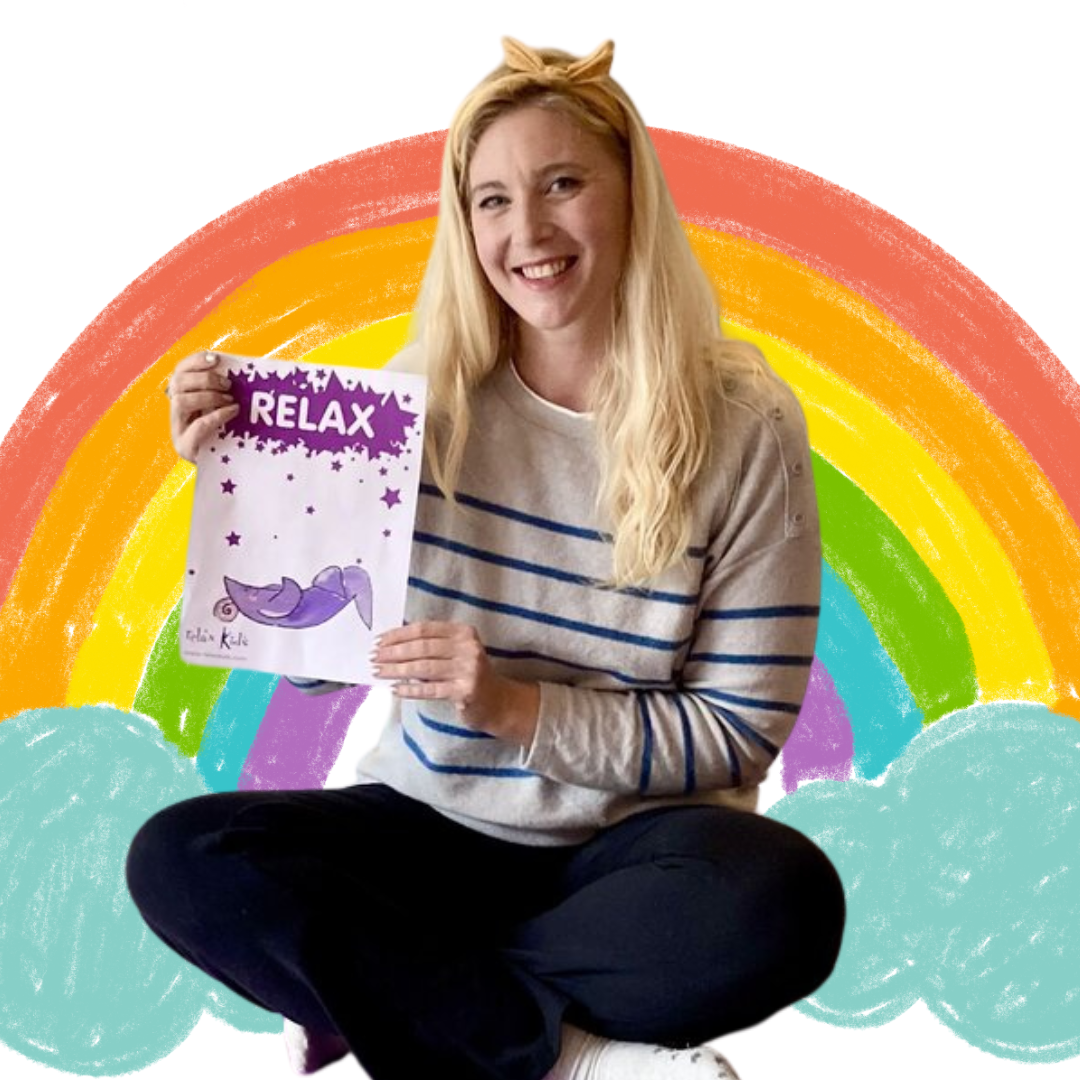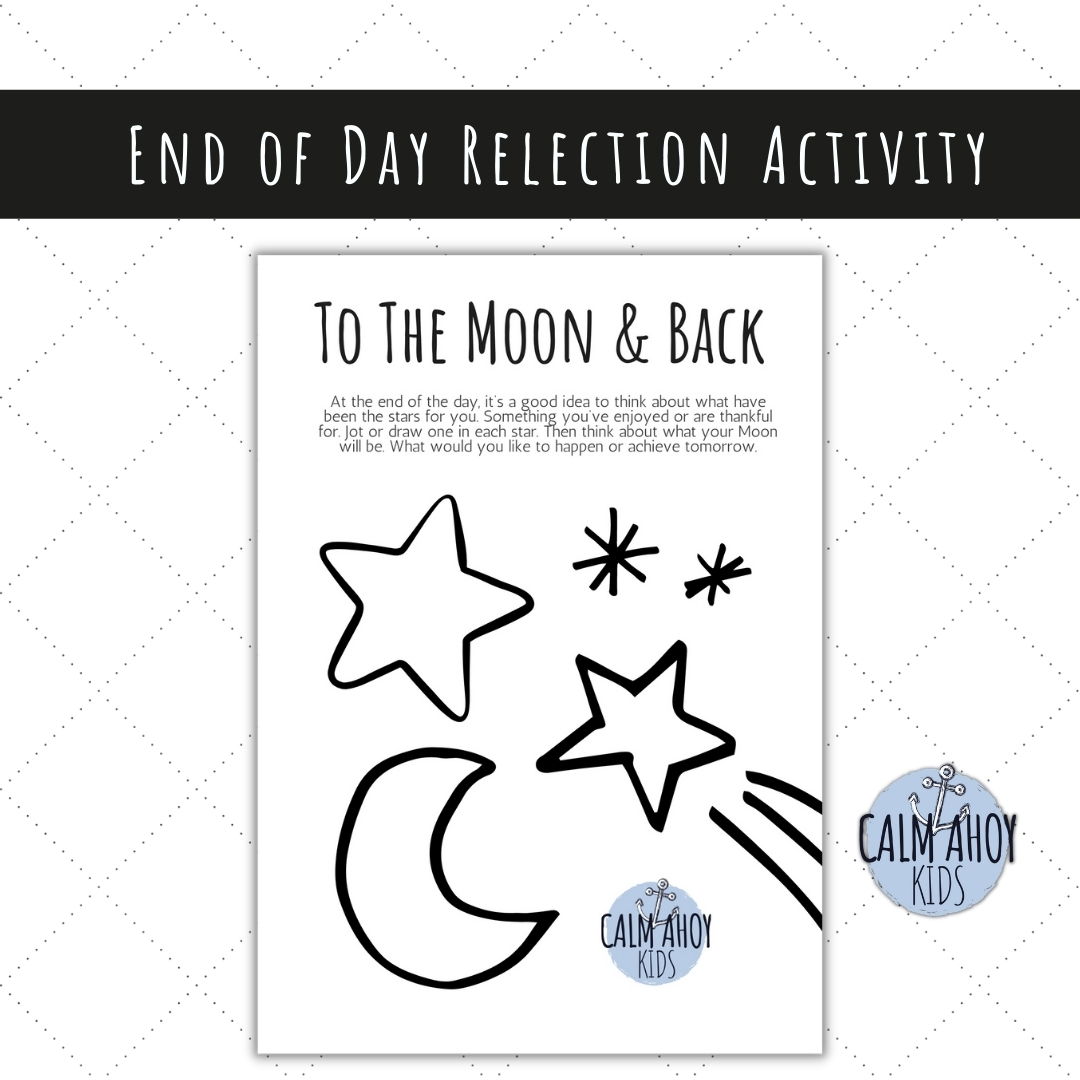What are emotions? Emotions often called feelings include experiences such as love, anger, joy, panic, fear and grief. Mood is more of a general feeling such as happiness, sadness, frustration or anxiety which lasts for a longer time.
When we think of big feelings , we think of emotions whether we view them as positive or negative that feel overwhelming to us. Find our free feelings list and journal page for kids and teens below to help support them to learn about and process their feelings.
Related Post {My Many Coloured Days Playdough Feelings Activity}

Researchers who have studied emotions describe them as having three primary parts:
1. Feeling
The first part is feeling. What we feel arises from our personal, or subjective experience. If someone talks about sadness, everyone knows what this is. Everyone of us can feel it.
2. Physical Response
The second part is our physical response. This includes such internal indicators as our heart rate, our blood pressure, the tension in our muscles, that shaky feeling in the pit of the stomach and the hormonal changes in the body.
3. Cognitive
The third is the cognitive. This part has to do with our thoughts. We all have certain thoughts, memories and images associated with certain feelings. Our thoughts actually store our feelings in memory.
These three parts always occur together. This is important because when we use our feelings as an explanation of why we do things, we are not exactly right. We have our body and mind involved too. Even when we feel big feelings, the mind still has a role.

What are Feelings good for?
There are advantages to having emotions. Without emotions, we would react spontaneously and robotically to events around us.
- Emotions are crucial to learning and memory
- Positive emotions motivate us towards rewarding situations and resources, negative emotions avert us from harm and distress.
- Emotions also prepare our bodies internally for the action we need to take to maintain our goals and desires.

How do Emotions Work?
Strong emotions are like waves at the beach. The waves might start off around our ankles. Then they may come up higher to our knees; maybe all the way up to our stomach if they are really strong. In this way the waves are just like strong emotions.
But what happens to waves? They go back out to sea. All we have to do is wait them out. It is exactly the same with strong emotions.
What we need to remember….
- Calm our bodies in whatever ways we find helpful
- Remind ourselves that emotions will pass
- Remember that emotions can’t hurt us
- Know that feelings will get less intense

What are some skills and strategies for dealing with big feelings?
Here are 5 different types of strategies or coping skills for managing stress and big feelings. They can overlap and you may find you prefer some to others. Give children and young people opportunities to try out different strategies to see what they like.
Relaxation
- Breathing 18 Playful Breathing Activities for Kids
- Using a Calm Jar Easy Calm Jar Recipe {with no glitter or glue}
- Using Visualisation Happy Place Visualisation for Kids
Distraction
- Bake or Cook Easy Fruit Rainbow Bagels {with Free Printable Recipe Cards}
- Do a craft project 25 Calming Crafts for Kids
- Read or watch a movie
- Hang out with friends or family
Physical Movement
- Use a stress ball Sensory Balloon Eggs {DIY Stress Balls}
- Do some Yoga Dancing Trees a Fun Yoga Game for Busy Bears
- Dance around Rainbow Star Wand: Mindful Movement Craft for Kids
Sensory Input
- Squeeze playdough Easy Homemade Playdough Recipe
- Doodle or Zentangle
- Use a fidget toy
- Use a weighted blanket or toy Calming Lavender Sock Bunny {No Sew}
Emotional Processing
- Draw Easy Paper Plate Feelings Craft for Kids
- Notice your feelings Fuzzy Feelings Emotion Cards with Free Printable
- Write in a Journal (use our free feelings list and journal page)
- Talk with someone you trust
- Create a music playlist to match your emotions (see mine on Spotify)
{{{Free Feelings List and Journal Page }}}
I hope you this blog helps you to understand what emotions and feelings are and who you can support your childrens and young people to manage them. Take Care Emma x












6 responses to “What are Emotions? {+ Free Feelings List}”
[…] Related Post What are Emotions? {+ Free Feelings List} […]
[…] breathing activity, it’ll be easier to use when they start to feel the signs of anger. Use this feelings list to explore emotional […]
[…] Related Post: What are Emotions? {+ Free Feelings List} […]
[…] {Related Post: What are Emotions? {+ Free Feelings List} […]
[…] {Related Post: What are Emotions? {+ Free Feelings List} […]
[…] {Related Post: What are Emotions? {+ Free Feelings List} […]